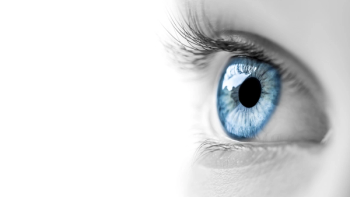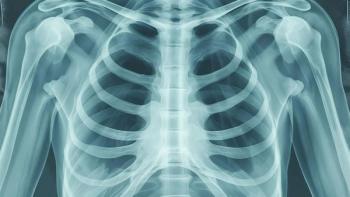
Dermatology Checkups After Breast Cancer
After radiation, as the skin heals, a compassionate dermatologist can help us to monitor any lingering side-effects.
During radiation therapy, the breast area suffers. While effects are likened to sunburn, radiation is more complicated. Using a cream that works for you can do wonders to help. My team recommended several potions. Miaderm worked for me. Wearing cotton shirts and no bra also helped.
After radiation, when the skin heals, there may be lingering concerns. For example, the skin on the area where my right breast was removed has more splotches than the other side. There are dark patches as well as scattered spots that are not age spots. Because I am aging, thanks to radiation and other treatment, age spots will occur soon enough. In the mix, the surgical scar appears to have scars from radiation. Then there is lymphedema.
Dermatological checkups are good for everybody, not just breast cancer survivors. I grew up at the coast, so I understand risk factors. Since both parents and other relatives have dealt with melanoma, squamous cell carcinoma and basal cell carcinoma, I always knew to take precautions and got regular checkups. Fortunately, although I have been fortunate so far, I acknowledge that our bodies can be full of surprises, including skin cancer following breast cancer treatment.
Being cautious involves regular dermatology checkups of the sort we should get even if we never had breast cancer. The American Cancer Society reports that women who have been treated for breast cancer have an increased risk for other cancers, including melanoma. Oncological consultants suggest that basal cell carcinoma and squamous cell carcinoma are more likely in our radiated regions.
The dermatology checkup after cancer can present an emotional challenge, especially for women who have not undergone reconstruction. The first time I went to my annual checkup with a dermatologist after my treatment, my dermatologist cringed and looked away when he saw my chest. He did not appear impressed with the tidy scar and had little to say about how to deal with the dermatological challenges of lymphedema.
Although I could not forget that dermatologist's cringe, I gave him one more chance. The next checkup was brief, questions I asked dismissed. Next checkup, I sought a doctor who would not be squeamish about my new normal. While the new dermatologist appeared caring, even he did not examine my breast area the first visit. My primary care doctor, listening to my concerns, told me to alert the nurses. The next checkup, I informed the nurses that it was okay for the dermatologist to check my breast area. He did. He was professional. And he did not cringe.
So far, so good. Just in case, though, I have documented the way the skin on my breast appears, so I can be diligent with self-checks and follow-up dermatology visits. I also have documented a seborrheic keratosis developing on my arm with lymphedema. It is comforting to know that a dermatologist who is not squeamish about the bodies of breast cancer survivor is monitoring my care as I age. We all should seek one who understands post-cancer treatment concerns.




